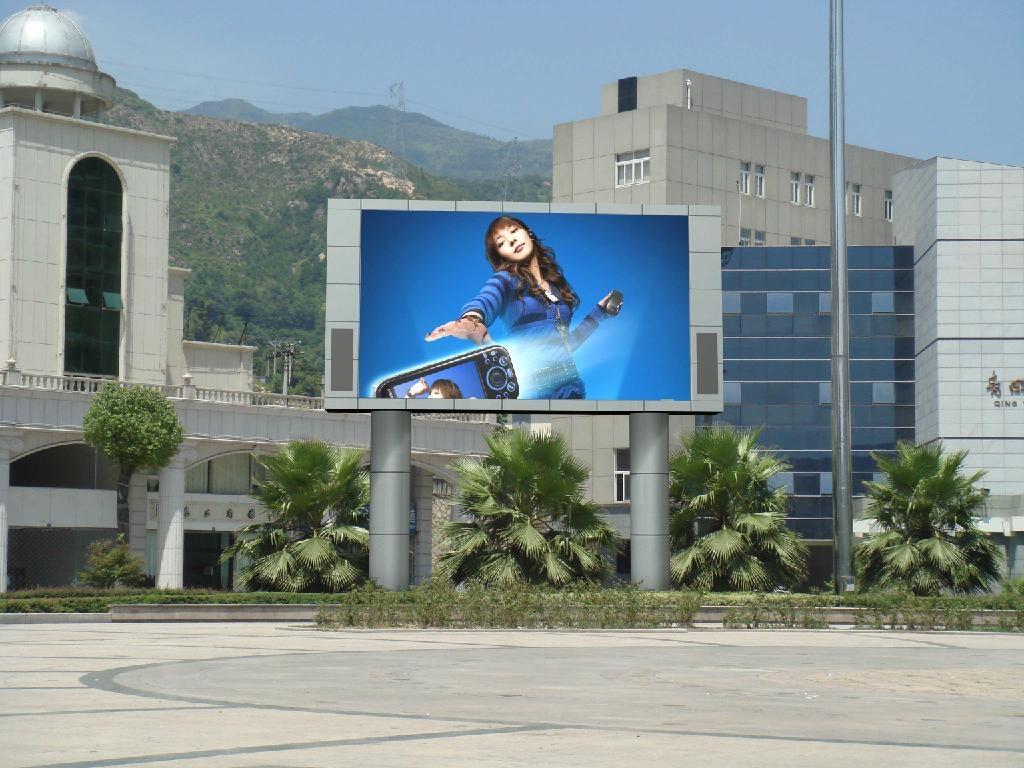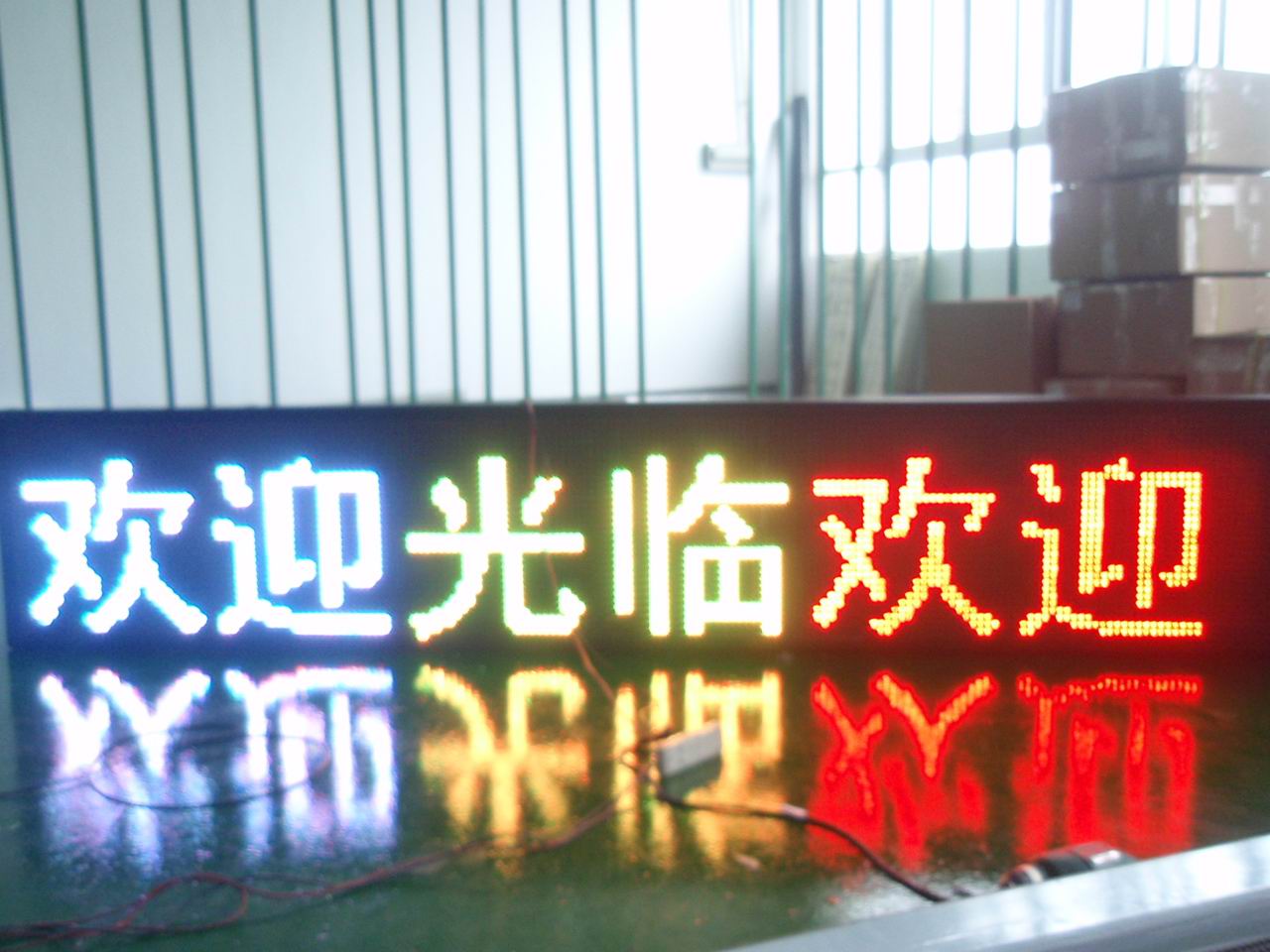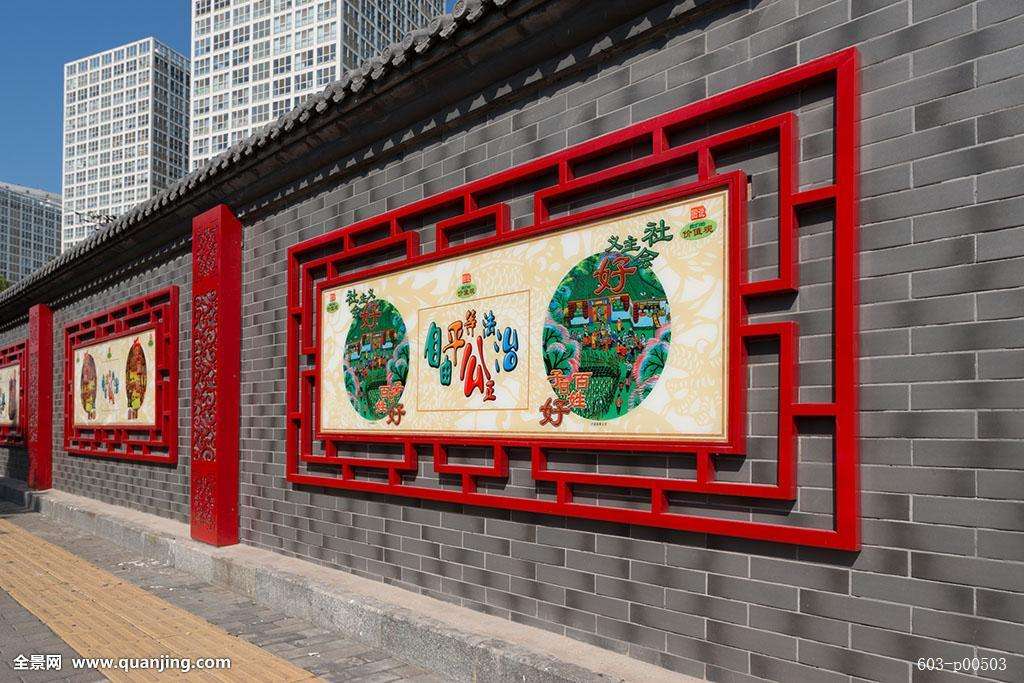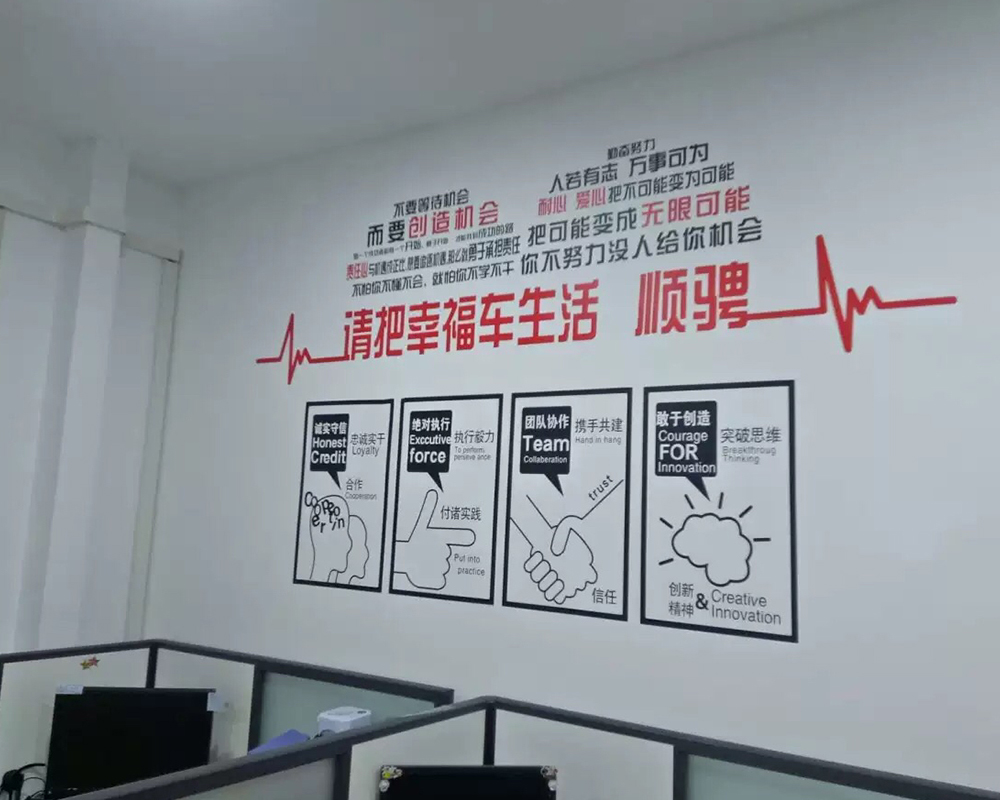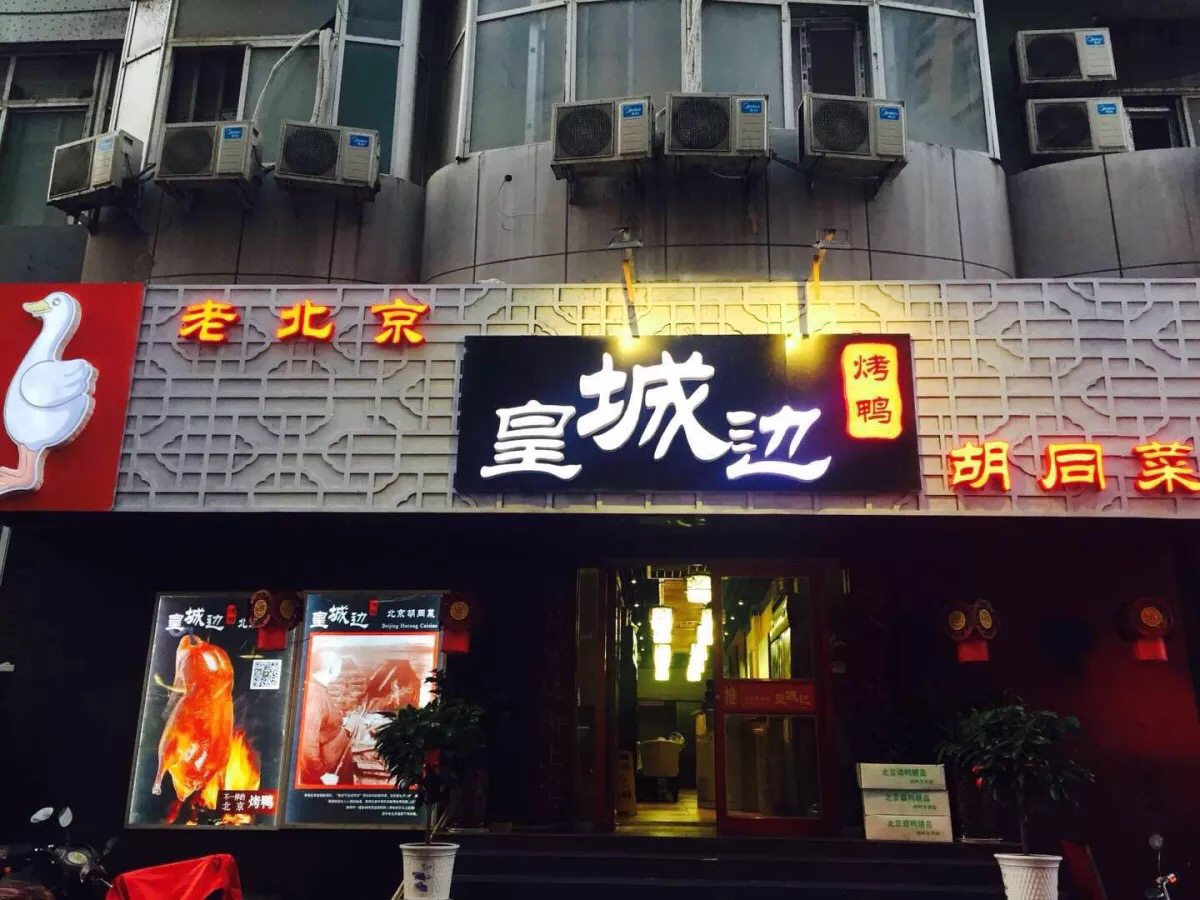Generally, the process of making and designing signs can be divided into three stages
調查:
Survey:
調查設計環境的空間特征、目標指示人群,為空間標識的設計準確定位.根據空間功能的情況,分為交通性空間、商業性空間、游覽性空間等.資料的詳實與準確尤為重要.
The spatial characteristics and target indicators of the design environment are investigated to accurately locate the design of spatial signs. According to the spatial function, they are divided into traffic space, commercial space, sightseeing space, etc. the detailed and accurate data is particularly important


安排:
Arrangement:
根據對環境的分析,確定所需標識的位置、規格、數量和種類等,為標識制作的系統性提供保障.單個標識設計的成功并不能支撐起整個空間的功能需求,只有有效的標識系統才能成為空間的有效組成部分.
According to the analysis of environment, the position, specification, quantity and type of identification are determined to guarantee the systematic identification. The success of single sign design can not support the functional requirements of the whole space, and only effective identification system can become an effective part of space
設計:
Design:
設計師根據環境的特點、建筑的風格、性質進行標識的設計.商業標識、景觀標識與場所標識的設計風格都比較自由,可以充分展現獨特性,達到增強人群視覺印象的目的.交通標識和商業標識不同,遵循一定的規范,風格不能過于自由.設計時,要明確環境的條件,設計的目的,將所有的要素整合起來進行綜合的考慮分析.
Designers design signs according to the characteristics of environment, architectural style and nature. The design styles of commercial signs, landscape signs and site signs are relatively free, which can fully show their uniqueness and achieve the purpose of enhancing the visual impression of the crowd. Traffic signs and business signs are different, and they can not be too free in style. When designing, the environmental conditions should be clarified, The purpose of design is to integrate all the elements for comprehensive consideration and analysis
在標識制作設計的過程中,不同的設計師或設計團體在不同階段內的細節工作可能會有所不同,但設計分3步走這個大方向基本是一樣的。
In the process of logo making and design, different designers or design groups may have different details in different stages, but the design is basically the same in three steps.



